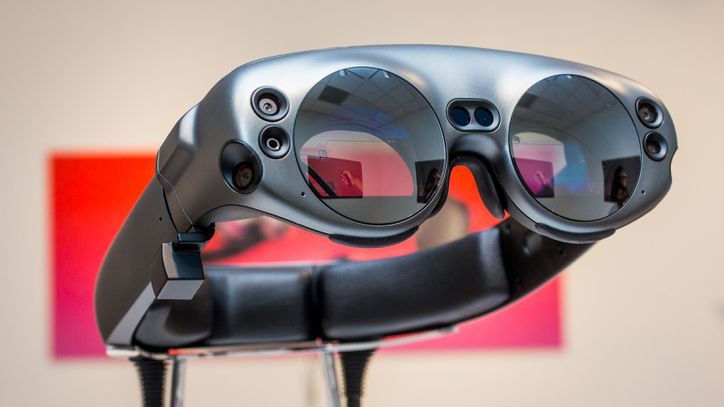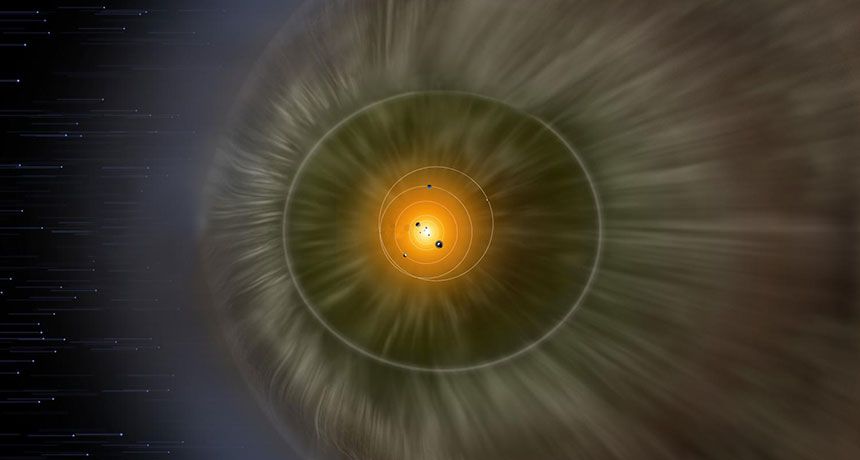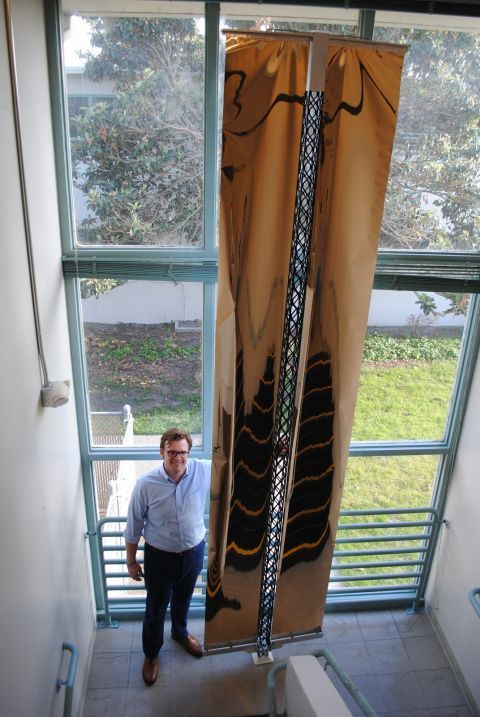A University of Manchester PhD student has developed a prototype flexible heat shield for spacecraft that could reduce the cost of space travel and even aid future space missions to Mars.



If the weather remains favorable and everything goes according to plan on August 11th, NASA is sending a spacecraft to the sun. The Parker Solar Probe will go closer to the massive ball of gas and plasma keeping our solar system together than any other spacecraft has gone before. It will brave extreme temperatures reaching up to 2,500 degrees Fahrenheit to collect data and images of the sun’s atmosphere called “corona.” The spacecraft will also reach speeds up to 430,000 mph, making it the fastest-ever human-made object. That’s nowhere near fast enough to reach Alpha Centauri within our lifetime — it has to travel around 7,000 years to reach the star closest to our sun — but fast enough to get from Philadelphia to DC in a second.
NASA plans to use the data it beams back to figure out how we can better prepare for solar winds, which are streams of charged particles emitted by the corona. Particularly strong winds could change satellites’ orbits, interfere with their instruments and even affect power grids here on Earth. If we want to head deeper into space in the future, we must first study how solar winds can affect our vehicles. Besides, we need to take a closer look at the star nearest to us if we want to learn more about the other stars in the universe. Finally, studying the sun could shed light on the origin of life on Earth, since it’s our source of light and heat.
Before the Parker Solar Probe can soar as close as 3.83 million miles above the sun’s surface, though, it first has to spend seven years encircling the sun again and again. It will use Venus’ gravity to fly closer to the sun each orbit while picking up speed in the process. By the time it reaches its final orbits, it will be zooming around the sun at 430,000 mph.

All humans begin life as a single cell that divides repeatedly to form two, then four, then eight cells, all the way up to the ~26 billion cells that make up a newborn. Tracing how and when those 26 billion cells arise from one zygote is the grand challenge of developmental biology, a field that has so far only been able to capture and analyze snapshots of the development process.
Now, a new method developed by scientists at the Wyss Institute and Harvard Medical School (HMS) finally brings that daunting task into the realm of possibility using evolving genetic barcodes that actively record the process of cell division in developing mice, enabling the lineage of every cell in a mouse’s body to be traced back to its single-celled origin.
The research is published today in Science as a First Release article.



What if an ultra-advanced flying robot designed for extreme military missions could join the fight to combat wildfire alongside human fire crews?
The biggest wildfire in Californian history is raging, with fire officials stating earlier this week that an area almost the size of Los Angeles has been compromised.
It is actually expected to burn through the rest of August, and experts predict the escalation in frequency and scale of wildfires will only continue going forward.
WASHINGTON – U.S. Reps. Lamar Smith (R-Texas) and Eddie Bernice Johnson (D-Texas), who serve as the chairman and ranking member of the House Committee on Science, Space, and Technology, and U.Sens. John Thune (R-S.D.) and Bill Nelson (D-Fla.), who serve as the chairman and ranking member of the Senate Committee on Commerce, Science, and Transportation, today announced the introduction of House and Senate companions of the National Quantum Initiative Act. The legislation would accelerate and coordinate public and private quantum science research, standards, and workforce development to give the United States a competitive advantage as China and Europe vie to achieve technological breakthroughs in this field.
Chairman Smith: “The National Quantum Initiative Act will accelerate the development of quantum information science in the United States and secure our leadership in the quantum sector. As other nations are rapidly developing their own quantum programs, the U.S. faces the risk of falling behind. This legislation provides a path forward to ensure that the U.S. secures its influence in the next generation of science and technology. I am glad that Senator John Thune has joined me in introducing this legislation, along with our respective Ranking Democrat Committee Members Rep. Eddie Bernice Johnson and Senator Bill Nelson.
”The bill creates a 10-year federal program that will significantly develop our quantum knowledge. It will bring a whole of government approach to advance QIS to the next level of research and development, while also creating public-private partnerships, leveraging the resources and expertise of government, industry and academia. Through new research facilities and a strong workforce pipeline, students and researchers will have greater resources and opportunities to develop their quantum skills and create the next great computing innovation. There is no doubt quantum technology will revolutionize our world to come. This bill secures American leadership in quantum science and guarantees a first place finish in the great quantum race.”

The US Army is moving forward with a new 100-kW laser weapon, awarding US$10 million to Lockheed Martin and Dynetics to continue development of the High Energy Laser Tactical Vehicle Demonstrator (HEL TVD). Designed to counter low cost, high volume threats, the new mobile battlefield laser is the latest in the American effort to produce incrementally more powerful and accurate directed energy weapons.

By allowing them to launch higher-power small satellites on smaller rockets, as opposed to the larger, and more expensive rockets that current technology requires.
Made in Space is developing power systems for small satellites that can provide up to 5 kW of solar power and is enabled by the company’s Archinaut on-orbit manufacturing and assembly technology. Current small satellites are typically constrained to 1 kW of power or less.
Made in Space CEO Andrew Rush pictured next to a subscale version of a solar array that the company can produce in space. The golden Mylar pieces are physical mockups of what would be solar blankets. This solar array is over 3 m tall. (Made in Space)